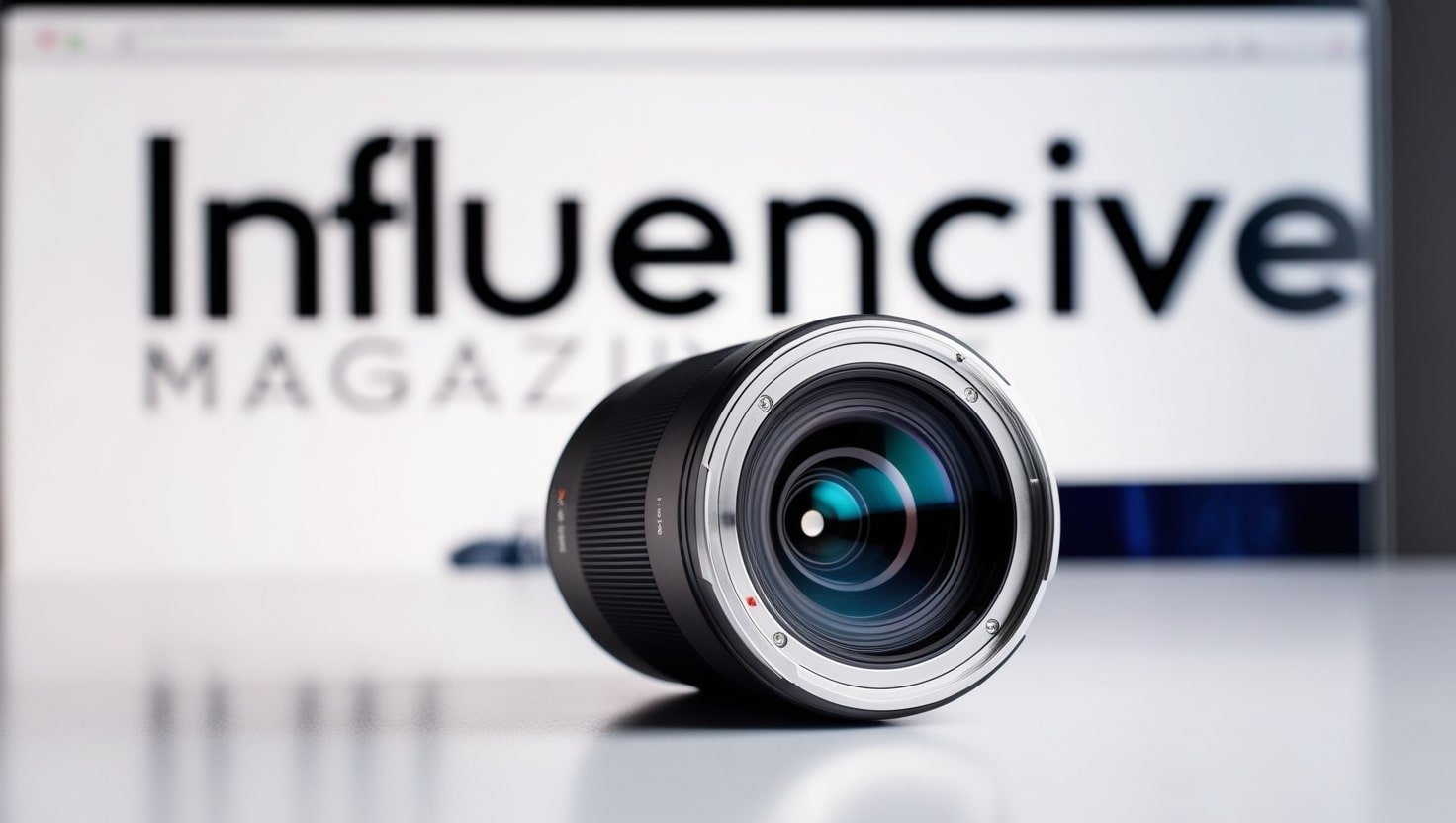Introduction to Photeeq Lens Flare
Photeeq lens flare is a special optical effect that can dramatically enhance or alter the mood of your photographs. It is the result of light scattering inside the lens when it hits the camera’s sensor. This scattering creates glowing, often colorful artifacts or streaks of light. While some photographers work hard to avoid lens flare, others embrace it as a creative tool to give their images a unique, artistic touch. In this article, we will explore everything you need to know about Photeeq lens flare, including what it is, how it works, how to use it, and why it might be an essential addition to your photographic toolbox.
Understanding Photeeq Lens Flare
Photeeq lens flare occurs when a bright light source, such as the sun, a streetlight, or even a reflective surface, strikes the lens of your camera at a specific angle. When the light enters the lens, it bounces off the internal lens elements and the camera’s sensor, causing a phenomenon known as scattering. The result is often a flare that can manifest in several ways, from simple light spots to colorful streaks and geometric patterns.
While lens flare is often seen as an unwanted artifact in traditional photography, Photeeq lens flare is different. This specific type of flare can be used intentionally to create stunning visual effects that add depth, warmth, or a cinematic quality to your images. Understanding the dynamics of Photeeq lens flare can help you learn how to harness it to your advantage.

How Does Photeeq Lens Flare Occur?
The process behind Photeeq lens flare is quite technical, but understanding the basics will help you see how you can control it. When light enters your camera lens, it can reflect off multiple surfaces inside the lens assembly. These reflections cause the light to scatter, creating bright spots, rings, or streaks in your image. The design of your lens and its coatings play a huge role in determining how much flare occurs and how it looks.
Photeeq lens flare is typically more pronounced when the light source is directly in or near the frame, such as when you’re shooting towards the sun. Modern lenses, particularly those with high-quality coatings, are designed to minimize this effect. However, some photographers prefer to enhance or add flare intentionally to create a specific visual effect, and that’s where Photeeq lens flare comes into play.
The Artistic Appeal of Photeeq Lens Flare
Photeeq lens flare is often used to evoke emotions, create atmosphere, and make images feel more dynamic. By intentionally introducing lens flare into a shot, photographers can achieve a dreamy, surreal, or cinematic feel. For example, capturing the sun peeking through tree branches, or the glare of streetlights at night, can add a sense of nostalgia or mystery to a photo.
Unlike the typical “mistake” flare that might detract from the quality of a photo, Photeeq lens flare adds a sense of texture and mood. It can make your images look more interesting, more expressive, and even more cinematic. Filmmakers and photographers often use it to simulate the look of old film cameras or to bring a sense of realism to digital photographs.
Using Photeeq Lens Flare in Your Photography
While some photographers avoid lens flare at all costs, others actively seek it out as a key element of their creative process. There are various ways you can use Photeeq lens flare to your advantage, depending on your goals and the scene you’re capturing. Here are a few techniques to consider when working with lens flare:
1. Shooting Toward the Sun
One of the most common ways to capture Photeeq lens flare is by shooting directly toward the sun or another strong light source. This method can create beautiful streaks of light across your image, adding texture and drama. Be mindful of your exposure settings to ensure the sun doesn’t completely overpower the image and wash out your details.
2. Using a Wide-Angle Lens
Wide-angle lenses are particularly prone to creating lens flare, making them a great choice for capturing Photeeq lens flare intentionally. These lenses allow you to include more of the scene in the frame while also introducing subtle flares that add depth and dimension.
3. Incorporating Reflective Surfaces
Reflective surfaces, like windows, mirrors, or water, can amplify Photeeq lens flare by bouncing light back into the camera lens. You can use this to create captivating effects, particularly in outdoor or urban photography. The result is often a flare that seems to dance across your image, adding a layer of complexity.
4. Experimenting with Different Light Sources
Lens flare is not limited to natural sunlight. Artificial light sources, such as streetlights, car headlights, or neon signs, can also create striking Photeeq lens flare. Experimenting with different types of light can help you create a wide range of flare effects, from soft glows to sharp streaks of light.
Controlling Photeeq Lens Flare in Your Photos
While it may seem like Photeeq lens flare is an uncontrollable and random phenomenon, there are several ways you can manipulate it to achieve the desired effect. Understanding how to control the flare can help you enhance your photos rather than letting the flare distract from your subject.

1. Adjust Your Aperture
Your camera’s aperture plays a significant role in how Photeeq lens flare appears. A smaller aperture (higher f-number) tends to produce more pronounced flares, while a wider aperture (lower f-number) can create more subtle effects. By adjusting your aperture, you can control the intensity of the flare in your photos.
2. Positioning the Light Source
The position of the light source relative to your lens has a direct impact on how much flare you’ll get. By moving the light source around, or adjusting your angle relative to it, you can achieve different flare patterns. A slight shift in your position could change the direction, size, and shape of the flare.
3. Using Lens Hoods and Filters
If you want to control Photeeq lens flare but still maintain the effect, you can use a lens hood or a polarizing filter. A lens hood helps block stray light from hitting your lens at extreme angles, reducing flare. On the other hand, a polarizing filter can help manage reflections and glare, allowing you to fine-tune the flare without losing the overall impact.
4. Try Post-Processing
If you’ve captured a photo with Photeeq lens flare but want to enhance it further, post-processing software like Adobe Photoshop or Lightroom can be invaluable. You can add digital lens flare effects or adjust the intensity and color of the flare to fit your vision for the image. This step gives you complete control over how the flare appears, allowing you to experiment and perfect your final shot.
Normal Errors to Keep away from While Utilizing Photeeq Focal point Flare
While using Photeeq lens flare can produce stunning results, there are some common mistakes that can negatively affect your photos. Avoiding these pitfalls can help you achieve the best possible outcome when incorporating lens flare into your work.
1. Overdoing It
One of the most significant issues when using Photeeq lens flare is overuse. Too much flare can overwhelm the composition of your photo and detract from the subject. Subtlety is key when using lens flare creatively, so it’s essential to find the right balance between flare and the other elements in your image.
2. Focusing Too Much on the Flare
While lens flare is an interesting visual element, it should not become the focal point of your photograph. Always make sure that your subject is well-composed and that the flare serves to enhance the image rather than steal attention away from it.
3. Ignoring Lighting Conditions
The lighting conditions you’re working with will significantly impact the amount and type of Photeeq lens flare that appears. Shooting on overcast days, for example, may reduce the flare effect, while bright, direct sunlight will produce more pronounced flares. It’s important to pay attention to your environment and how it interacts with your lens when shooting for flare.
When to Use Photeeq Lens Flare in Photography
There are no hard and fast rules about when to use Photeeq lens flare, but some situations lend themselves particularly well to this effect. Here are a few times when lens flare can elevate your work:

1. Landscape Photography
In landscape photography, Photeeq lens flare can add a magical quality to your shots. Shooting during the “golden hour” just before sunset or just after sunrise can produce beautiful flare effects, especially if the sun is peeking through trees or mountains. This creates an ethereal, dreamlike feel that’s perfect for nature shots.
2. Urban and Street Photography
Lens flare is also a fantastic tool in urban photography. The contrast of harsh streetlights or the reflection of the sun on glass buildings can create dynamic flares that add energy to your photos. This can be especially useful in capturing the raw emotion and movement of city life.
3. Portrait Photography
If you’re shooting portraits, Photeeq lens flare can soften the lighting and add a touch of warmth to your image. Positioning your subject near a bright light source or using flare creatively can help create a more flattering, glowing effect, particularly for outdoor portraiture.
Conclusion
Photeeq lens flare is a powerful tool in the hands of a skilled photographer. While it may initially seem like an undesirable artifact, lens flare can add significant creative value when used intentionally. By understanding how Photeeq lens flare works, how to control it, and when to use it, you can transform your images into works of art that are rich with mood, atmosphere, and visual interest.
Whether you’re capturing the golden hues of sunset, the energy of a bustling city, or the quiet beauty of a landscape, Photeeq lens flare can help you tell your story in a unique and captivating way. Embrace this fascinating effect, experiment with it in different lighting conditions, and let your creativity shine through.




